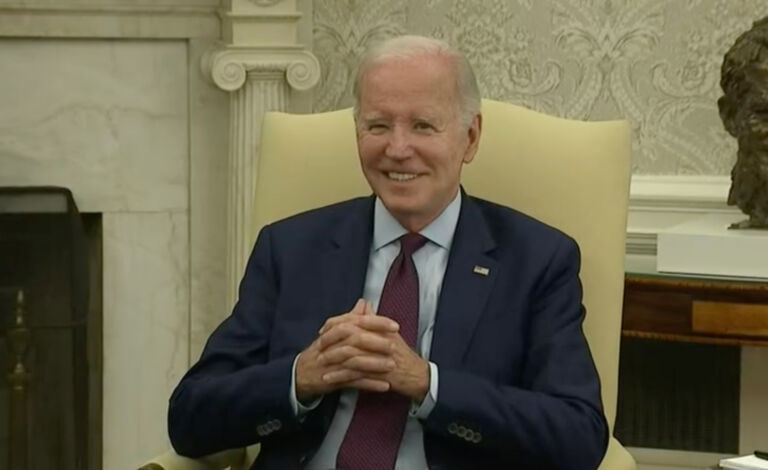Philip Klein of National Review Online explains how problems with COVID testing affect President Biden’s ill-advised vaccine mandate.
When President Biden, through OSHA, issued an executive order forcing businesses with more than 100 employees to require workers to either get vaccinated or submit to regular testing, his defenders argued that the testing opt-out meant it wasn’t quite a vaccine mandate. Given the current testing fiasco in the United States, this “opt-out” can no longer be viewed as workable.
As a reminder, as written, the OSHA rule says that unvaccinated employers have to submit to weekly testing. In a normal world, this is already a huge burden, especially given that businesses will not be required to pay for this weekly testing. But the current surge in the Northeast has exposed the weaknesses in our testing system. Despite Biden’s promises to make sure the U.S. had adequate testing capacity, people in hard-hit areas such as Massachusetts and New York are waiting six hours just to get tested, let alone to get results. If the mandate survives the Supreme Court challenge and goes into effect, it would simply not be practical to expect that people can spend nearly an entire workday once a week to get a test. While test centers won’t always be as busy as they are now, it’s clear that during surge periods of the year, it will take a considerable amount of time to get tested. That raises the burden of the testing option so high that, in effect, it is not an option. In other words, Biden’s policy is hard to differentiate from an outright vaccine mandate.
While liberals may welcome the idea of ratcheting up pressure on the unvaccinated — even if it means threatening their jobs — it could ultimately come back and bite even those who are vaccinated. The reason is that if unvaccinated people do decide to go with the testing option anyway, it will put a further strain on our testing capacity.


